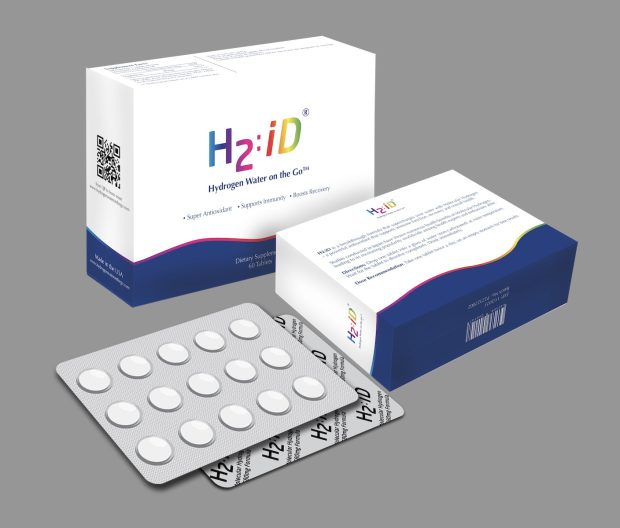Even if you are a professional video creator, voice-overs can sometimes be difficult to master. But adding voice-overs to videos not only adds more value to your content but also helps you personalize your videos and make them more relatable to your audience. Great voice-overs instantly level up the quality of your videos and keep the audience engaged and interested. But how exactly should you go about recording and adding attention-grabbing voice-overs to your videos? Don’t worry if you are trying out voice-overs for the first time; we got you covered.
There is plenty of different audio to video converters and voice-over tools available online that can help you add high-quality audio files to your videos. Here is all you need to know about how to do good voice-overs that keep your viewers coming back for more!
What is a voice-over, and why do you need one?
A voice-over is an audio recording played over the video, describing the video or giving additional details and context. The person recording the voice-over is not visible in the video. Do not confuse voice-overs with narrations. A narrator of the video explains the video in detail and describes all the different actions and elements in the video. In contrast, voice-overs are mostly short descriptions, instructions, informative pieces, and anecdotes.
A voice-over adds emotions to the video and creates a bond between you and your audience. It is easier to express your emotions and feelings through voice-overs, and it helps you communicate clearly with your viewers and listeners. By changing your volume, pitch, tone, and style, you can express different emotions with ease and make your videos more personable.
What makes a good voice-over?
You don’t have to be Morgan Freeman to be a good voice-over artist, though that would be pretty cool! As long as you keep the following points in mind, you will be on your way to recording great-sounding voice-overs –
- The volume of your voice and the clarity of your enunciations are probably the two most important parts of your voice-over. A volume that’s too low will make it difficult for people to pay attention, and if you are too loud, your audio files could come out distorted. As for your enunciations, speak each world clearly without sounding muffled and fuzzy. Speak naturally without over-enunciating words and pronounce them correctly.
- Even if you have a very exciting story that you want to get out ASAP, do not rush through your voice-overs! On the other hand, do not drag out your words where unnecessary. Speak at a conversational pace that’s not too fast and not too slow. You want your listeners to grasp what you are saying easily. Pacing your voice-overs is important if you want your audience to stick with you till the end of your video. Remember to add dramatic pauses and sentence breaks for effect and give your audience enough time to understand important concepts.
One important reason people add voice-overs to videos is to make them feel more personal, so make sure to emote through your voice. Even if you have a script in front of you, don’t just read it and sound monotonous and boring. Speak in a pleasant manner that sounds natural, friendly, engaging, and approachable.
How to record a good voice-over?
Before you even begin, make sure you have all the necessary tools available to record your voice-overs. This includes a microphone, a computer or laptop with recording software (either one that comes with the mic or a third-party app), earphones or headphones, speakers, and any other voice accessories like pop filters (to protect your microphone from spit and reduce the loud breathing sounds in your audio). Once you have all your equipment set up, here is, you can start recording your voice-overs –
- Find a quiet place to record that is free from distractions and background noise. Your microphone can pick up even on faint ambient sounds, and the last thing you need is an audio recording with distracting sounds in the background. Your fans, air conditioners, and heaters also emit sounds that can sneakily make their way into your recording, so shut down all heating and cooling systems while you are recording. We know it’s impossible to find a completely silent place when you are at home; just try to find one with the least sounds.
- Play around with your microphone and its accessories to find a position that works best. How close or far you place your mic from your mouth impacts how you sound in the final recording. Try recording a few sample pieces and play them back to pick the one you like best. In most cases, a distance of 5 inches between your mouth and the mic works best, so try keeping the mic 5 inches away if you are unsure where to begin and then adjust accordingly.
- Set up your audio software, start a new track, change and adjust any levels that you need to, and test a sample recording to ensure you are good to go.
- Bring out your script, hit record, and go! If you are recording a long voiceover, you do not need to record it all in one go; section your recordings and work in smaller chunks to make it easier to edit and process the audio file once you are done.
- Once you’ve recorded your audio, play it back, take notes, re-record bits if you need to, and edit the final audio file. Depending on the software and tools you use, you will make different modifications to your file. From basic edits like trimming the file and changing the volume and background noise levels to using advanced features like changing the pitch and tone of your voice, there is a lot you can do to get your audio recording to sound professional and high-quality. Use the EQ tools in your software to add the final touches and compressions to your audio file and eliminate background noise, and your audio file is ready!
- Render and export the audio file to your preferred file format once you are done and import it to a video editing software or online tool to sync it to your video
Conclusion
Depending on the type of video you are creating, you can sync the audio to either the entire video or specific parts of the video. Thanks to technology, you don’t even need to download a separate software on your computer or phone to do this; you can add music to video online, create the final file, and voila! You’ve just created your first video with a voice-over. It’s alright if you don’t get it right the first time, don’t let that stop you from practising and creating perfect videos in the future. Learn more about all these features.








